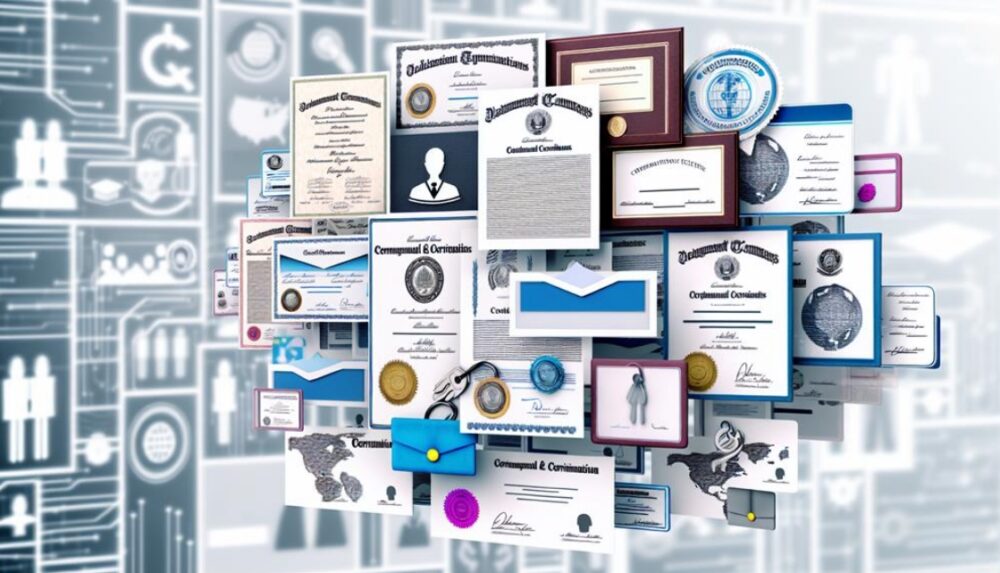Each section of the PTE test has its own set of challenges that can be quite difficult to overcome. While some people might find one section more challenging than the others, each section presents a unique set of challenges that can be difficult to tackle without proper preparation. If you are feeling overwhelmed by the prospect of tackling all three sections at once, or if you feel like you may not have enough time to prepare for all of them, one piece of advice would be to focus on one section at a time and build up your confidence as you go. Remember — practice makes perfect!
What to expect? PTE explained

The Pearson Test of English (PTE) is an internationally-recognized test that measures your ability to use English in both written and oral contexts. The test has three sections: the Academic Section, the Writing Section, and the Oral Section.
The Academic Section consists of a reading passage, an essay question, and a vocab quiz. The Reading Passage is about 20 minutes long and covers topics such as history, science, and literature. The Essay Question asks you to write about a topic that you’ve read about in the Reading Passage. The Vocab Quiz tests your vocabulary knowledge from the Reading Passage.
The Writing Section has two parts: an essay prompt and a writing task. The Essay Prompt asks you to write about a topic that you’ve chosen from the reading passage or from one of the topics on the Vocab Quiz. You have 30 minutes to complete the essay, but you can choose to write more or less than that depending on how much time you have. The Writing Task requires you to write a short story or an article based on one of the topics from the Vocab Quiz. It also includes a timed writing exercise.
The Oral Section has two parts: an oral presentation and a spoken word exam. The Oral Presentation is a 30-minute talk that you give in front of a group of people who are not familiar with English language norms. The Speakers Exam tests your ability to speak English fluently.
How can I prepare?
It is essential that you have all of the materials that you will need. This includes the official PTE test book, answer sheet, and any other materials that may be required.
Practice as much as possible. The more time you spend preparing, the better your chances of doing well on the test. Use online resources as PTE read aloud to prepare yourself as much as you can. Finally, relax and have fun! The PTE test is not meant to be stressful and it is definitely worth it to take it seriously but have some fun along the way as well.
Which section in a PTE test is the hardest?

The section in a PTE test that is the hardest for most students tends to be the reading section. This is because many students struggle with decoding complex text and understanding what it says. However, there are some strategies you can use to help you succeed in this section of the test.
First of all, make sure that you are familiar with the material before taking the PTE test. Try to relax and focus on each sentence individually. Finally, try not to get bogged down by difficult vocabulary or concepts and instead focus on deciphering what is being said. If these tips do not work for you, consider consulting with a tutor or using practice tests to better prepare yourself for the reading section of your PTE test.
Which is the easiest part?
There are a few different opinions on this matter, but most people would say that the easiest part of PTE is writing. It doesn’t take long to produce a quality piece of text, and if you can stick to a few basic rules, it will be easier for you to get your work correct.
First of all, make sure that your sentences are well-formed and grammatically correct. Sentences that are too short or choppy will be difficult for readers to follow, and your score on the test will suffer as a result. Try to use active and concrete words instead of abstract concepts whenever possible – this will help your prose sound more interesting and engaging.
Keep in mind the purpose of your sentence. If you’re trying to describe something concrete (like a person), use specific details rather than generalities (like “he was tall”). If you’re writing about something abstract (like emotions), try to use plenty of examples so that readers can understand what you’re talking about.
Aim to write short paragraphs. This isn’t always easy – sometimes we want to explore an idea in-depth – but brevity is key in this type of test. A long paragraph can easily become confusing and difficult for readers to follow, so keep things concise if you want to achieve high marks on PTE writing!
Tips for passing

If you are planning to take a PTE test, there are some things you can do to help prepare. Here are a few tips to get started:
- Make a study schedule and stick to it. Planning ahead will help you stay focused and avoid distractions during the test.
- Practice with flashcards or practice tests as much as possible. Memorizing the material can help improve your score.
- Get organized and keep track of what you have studied. A study journal can be helpful in keeping track of where you are in the process and what you need to review next.
- Be sure to eat well before taking the test and drink plenty of water throughout the day. A healthy diet will help provide energy for the test and avoid fatigue from studying long hours beforehand.
- Remove all distractions from your environment before taking the test – turn off phones, close windows, etc. This will help ensure that you focus on the task at hand and don’t become bogged down by other thoughts while taking the test.
Conclusion
Passing a PTE test is important because it shows that you have the ability to read, write and understand complex texts. However, there are a few key things that you need to do in order to ensure success on your PTE test. Make sure that you study as thoroughly as possible. Practice using the vocabulary and grammar found in the texts that you will be reading. Finally, take practice tests so that you can get an idea of how your score would look if you were to take it live.





